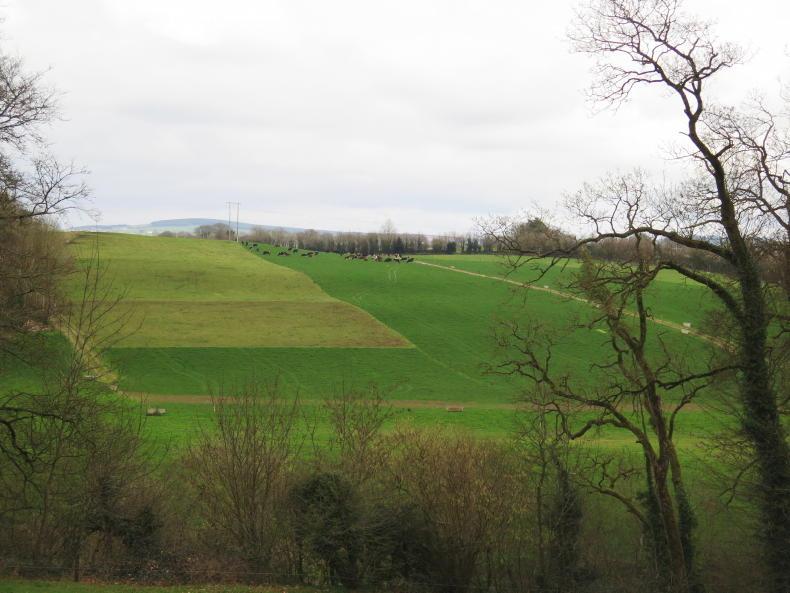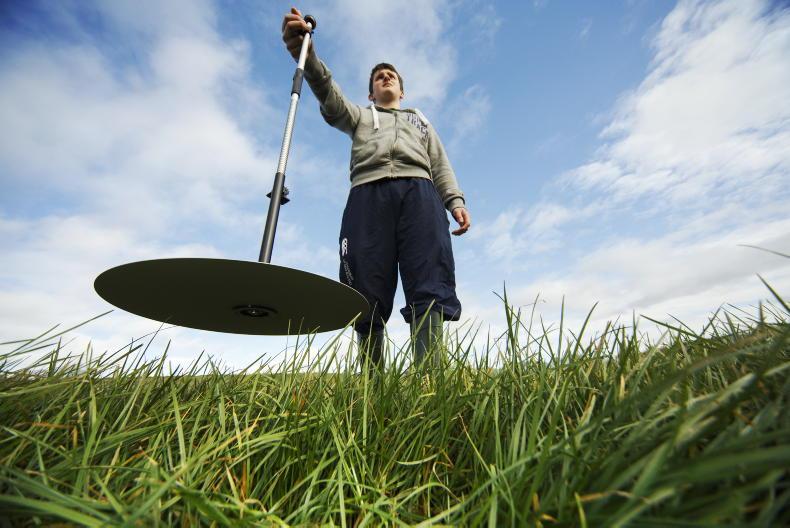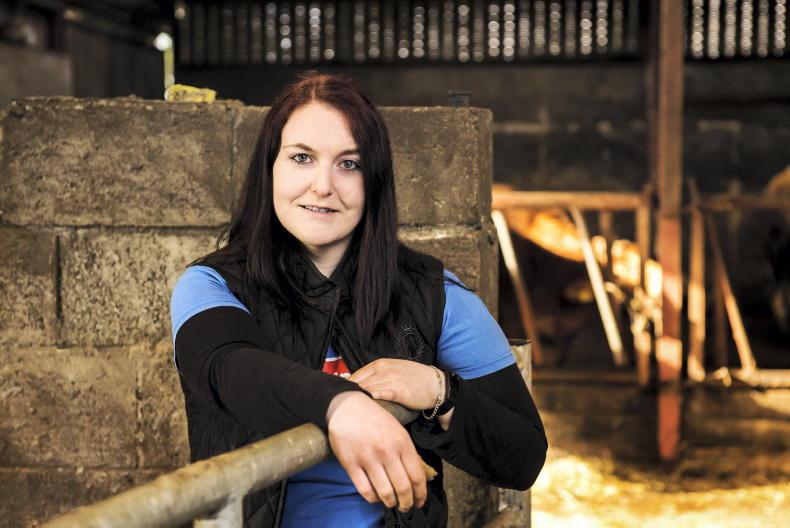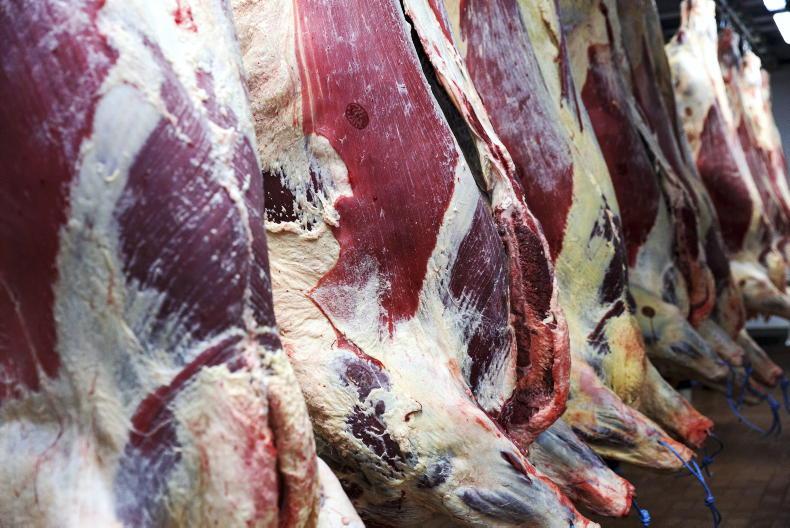Grazing
Weather conditions that are colder and drier than normal are set to remain as the dominant weather pattern for at least another 10 days.
It’s a double edged sword; on the one hand, utilisation is excellent and field conditions are superb, and on the other hand, grass growth is slower than normal and average farm cover is a good bit lower than where it needs to be on many farms.
A lot of farmers who got out early have close to 40% of the farm grazed – 10% more grazed than they should have.
In such cases the brakes must be applied or there will be a massive grass deficit at the end of March, which will cost a lot to fix.
The best policy is to stick to the desired area to be grazed per day so that the second rotation is due to start in early April. Assess what cover is in this area, and then adjust supplement accordingly.
For many farmers with a lot of the farm grazed, it may mean having to come in at night for silage.
It’s better to take this action now than in a month’s time, when cows should be on a rising plane of nutrition in advance of breeding. If milder weather comes, the situation will change quickly.
Most farms are in a good place, making good decisions now will ensure that will continue.
Nitrates
Dairy farmers have until 16 March to submit their milk yield records to the Department of Agriculture as part of the new banding rules in the nitrates action programme.
The best way to do this is to log on or ask your adviser to log on to the ICBF website and go to ‘applications’ and then click ‘nitrates band’.
The user will be presented with three options; the average milk yield per cow for the last three years, the average milk yield per cow for last year or they can select what band they propose to be in for 2023.
Tick whichever section best suits the farm and then click submit and that’s the job done.
Those who don’t submit any figures to the Department will be classed as being in the top band, and this could have implications for those near the top of the two limits; 170kg N/ha before derogation and 250kg N/ha in derogation.
Of course, when the derogation drops to 220kg N/ha next year, thousands of farmers will be affected – hence the push to secure additional land now.
Maiden heifers
There are just over six weeks to go before most farmers, particularly in the southern counties, will be starting to breed heifers.
These animals should be weighing 60% of their mature liveweight at mating time. It’s a crucial target weight to hit – the most important in their lives.
Being above or below this target will reduce their chances of conception to first service and their subsequent performance in the herd as cows.
For most heifers, this means target weight at mating of around 330kg to 340kg liveweight.
Grazing conditions are perfect for heifers and early turn-out will do wonders for them, so prioritise getting them out to grass as soon as possible.
It will take two to three weeks for them to adjust to grazing but then daily liveweight gain will spurt, at around 0.8kg to 0.9kg per day in advance of breeding.










SHARING OPTIONS